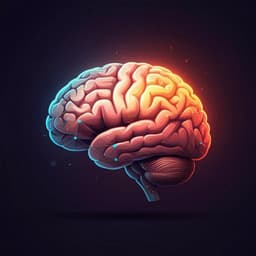
Engineering and Technology
Using the force: STEM knowledge and experience construct shared neural representations of engineering concepts
J. S. Cetron, A. C. Connolly, et al.
This groundbreaking fMRI study explores how engineering students' understanding of mechanical structures alters their brain function, revealing distinct neural patterns compared to novices. Conducted by Joshua S. Cetron, Andrew C. Connolly, Solomon G. Diamond, Vicki V. May, James V. Haxby, and David J. M. Kraemer, it showcases the profound impact of STEM education on neural representation.
~3 min • Beginner • English
Related Publications
Explore these studies to deepen your understanding of the subject.







